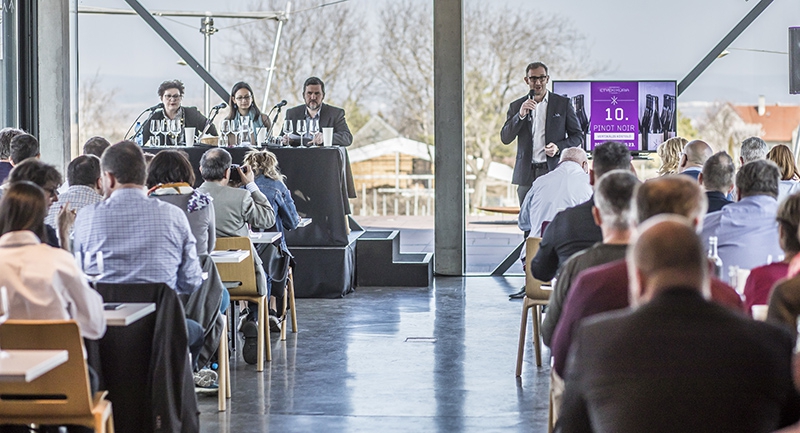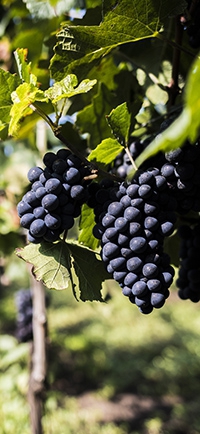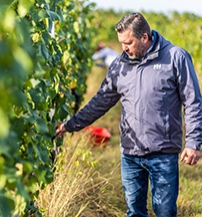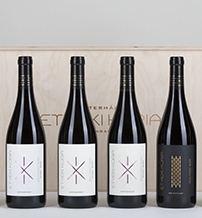
Best of Budapest & Hungary
Measure of Quality
Choose a Pinot Noir from Etyek
People tend to prefer powerful, intense wines, so the fundamental role played by Cabernets and Merlots seems unshakeable despite the ebb and flow of fashion in wine. However, quiet winter months like January may offer the right conditions for contemplative, focused wine tastings. Now is the perfect time to savor Pinot Noirs.
Looking for the Hungarian counterpart of Burgundy you don’t have to set your sight too far from the capital. With its cool climate and calcareous soil, the Etyek wine region provides ideal conditions to grow Pinot Noir; no wonder that the leading winemakers of the region see it as their most important red variety. Etyeki Kúria is an ardent proponent of this view and it’s also one of Hungary’s foremost Pinot Noir producers. Their exalted position is the result of years spent researching the right viticultural and vinification methods for Pinot Noir in Etyek. Etyeki Kúria was one of the first estates in Hungary to plant this variety in 2001, followed by further plantations in 2015. The unique character of this variety is due to two specific features. On the one hand, it is highly adept at reflecting the differences in terroir - this is the reason for the many single-vineyard Pinot Noirs produced all over the world. On the other hand, it produces wines of great ageing potential thanks to its structure, elegance and acidity. Aging is something of the utmost importance to the winemaker of Etyeki Kúria, Sándor Mérész. Thus, the annual Pinot Noir vertical tasting and the introduction of the new vintage is so high on his agenda. “The first ever really serious vertical tasting I took part in was conducted in Burgundy in 2003, at the world famous Domaine de la Romanée-Conti, where we tasted red Burgundies. The youngest came from 1995, while the oldest from 1957. We are a long way from that standard, but there is an ever-increasing number of bottles that we lay down each year so that we can follow and demonstrate the evolving beauty of mature Pinot Noir,” the Etyek winemaker says. “Started in 2009, our annual tastings of barrel samples and previous vintages of Pinot Noir have convinced us that the variety shows its true colors after extended bottle ageing. It is true though that this is not an uninterrupted ascent: there are ups and downs during bottle ageing. A vintage that seemed to hold little promise in the beginning might come out as top quality 2-3 years later. So, it makes a lot of sense to lay down some bottles for years, in time they might turn out to be much more exciting than what we hoped for.”







